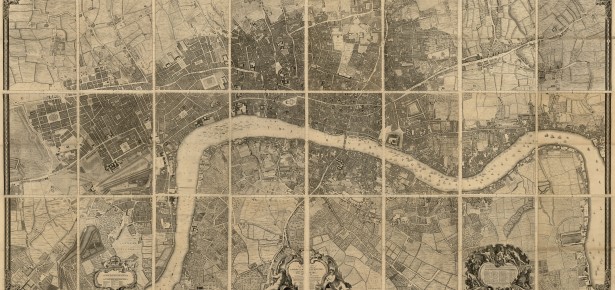
Like many other countries, Britain faces a desperate housing crisis. The disaster at Grenfell Tower, rising rough sleeping and homelessness, a dismal private rental market, despair among millennials at the prospect of ever owning their own homes: small wonder that housing routinely figures among the public’s top concerns. Indeed, as much as any other single issue, it is housing that defines our times, as the populism roiling Western polities has its origins in a Great Recession largely triggered by toxic household mortgages.
Facing such a crisis, commentators rightly look abroad for parallels and solutions. Cities from Tokyo to Berlin are confronting the unintended consequences of Airbnb; squatters from Rio de Janeiro to Brisbane are occupying empty buildings. Perhaps an answer might be found in Germany’s cooperative movement? Or Finland’s proactive public sector? In California, over the objections of wealthy residents, San Francisco is building new housing for its homeless; in Alaska, in a less scalable solution, homelessness is redefined as the more empowering ‘houselessness’.
But if the past is another country, as L. P. Hartley put it, then answers from another place might be found closer to home as well. ‘Why is Britain so bad at planning cities?’, a columnist recently asked. The question would have bewildered postwar urban planners. From Ebenezer Howard’s Garden Cities, to Patrick Abercrombie’s Greater London Plan, to the 1947 Town and Country Planning Act, British plans and planners played a leading role in the making and remaking of towns and cities around the world. The apex of this movement arrived with the New Towns Act of 1946, which launched a national planning program that became a model from South America to South Asia, from north Africa to east Asia.
My new book, Thatcher’s Progress: From Social Democracy to Market Liberalism through an English New Town, offers a history of the rise and fall of the new towns program. New towns, I argue, represented the spatial dimension of the welfare state: a project so ambitious that it sought to balance not only family incomes and health outcomes, but the United Kingdom’s population. Between 1946 and 1970, the British state designated thirty-two new towns across England, Wales, Scotland, and Northern Ireland. These projects were overseen by public agencies – ‘development corporations’ – appointed by a minister and funded from the Treasury. Obliged to consult local authorities and interests, but not to defer to them, development corporations could purchase land, develop housing and other amenities, and reinvest the profits. Today, more than twenty years since the last new town development corporation shut down in Scotland, more than 2.5 million Britons call the communities they built home.
Many books and films have sought to rescue new towns from public scorn. My approach is different. Thatcher’s Progress aims neither to condemn nor to celebrate new towns, but rather to use them as a lens through which to understand postwar British politics and statecraft. We are often told that, by the 1970s, Britain was grinding to a halt; as social democrats wilted, overtaken by events, a Thatcherite new right bound forth with energy and ideas. But does that familiar image stand up to scrutiny? By examining the daily work of building the most ambitious (and notorious) new town, Milton Keynes, I reveal the many ways that public sector actors responded nimbly and creatively to changing times. For example, planners wanted residents to be able to purchase their own homes – not, as in Thatcher’s ‘right to buy’ from 1980, in place of a robust public housing sector, but rather as its complement in a balanced housing system. Ultimately, though, Thatcher’s governments succeeded in eliminating the public sector’s ability to do this work, ushering in a brand of ‘progress’ antithetical to the new towns program’s originating principles.
Yet today – forty years after the 1979 election, and more than a decade since the Great Recession – the market has proved incapable of meeting the country’s housing needs alone. The welfare state wasn’t perfect, and neither were its new towns: lessons were always being learned, and they must be still. Nevertheless, today more than 2.5 million Britons can attest to the public sector’s ability to play an active role in meeting the country’s housing needs. In addition, then, to looking outward to Germany or Finland, we might find lessons for meeting the crisis of our times in Britain’s postwar history.
Latest Comments
Have your say!